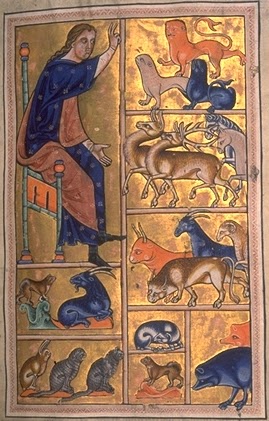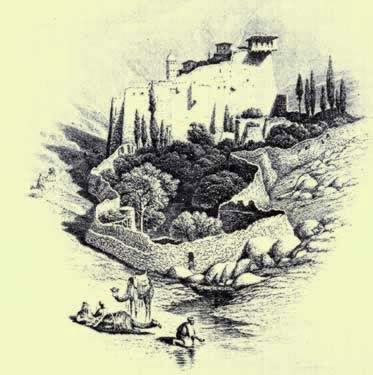Where the Wild Things Are

Adam names the animals The sky is overcast with dark grey clouds and the persistent drizzle is quickly turning into a downpour. It is the twelfth century in England and Emily is sitting next to her father, watching him work. At sixteen, she is already quite an accomplished artist and considers herself very fortunate to be the daughter of one of the most talented and respected illuminators in England. Her father is creating an ‘Illuminated Manuscript’. Emily knows the patron is extremely wealthy and suspects he may be from the royal family. Illuminated manuscripts were manuscripts decorated in real gold or silver and were fairly common in the medieval ages. They were painted on the best quality parchment called 'Vellum' and were written in Latin. The text was usually written first by a scribe and then given to the illuminator. Emily watches her father as he applies the gold to the painting. She knows the complex process well by now, the gold leaf pieces a...
